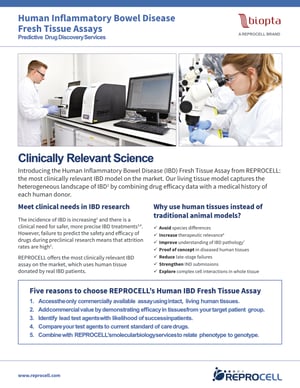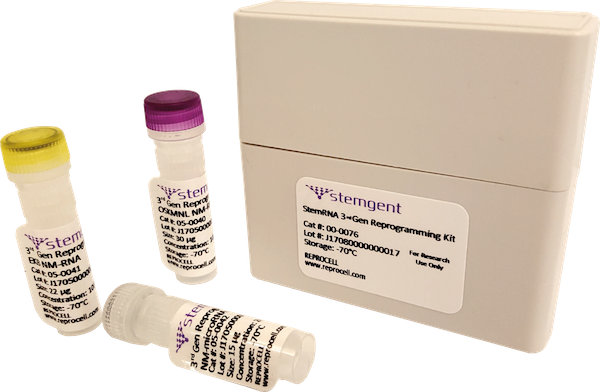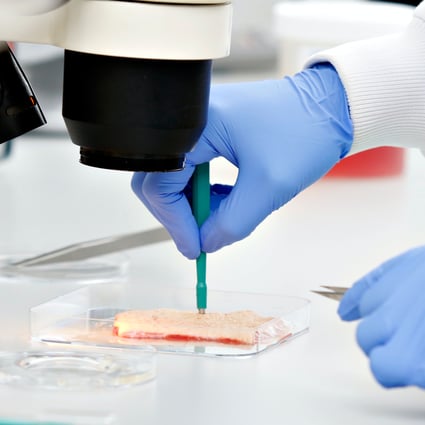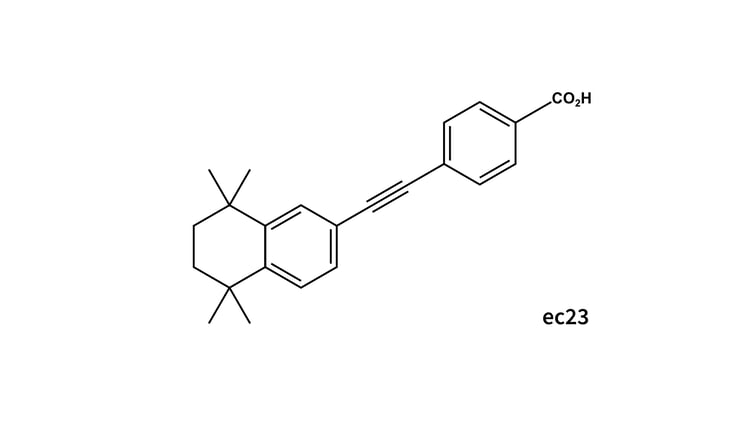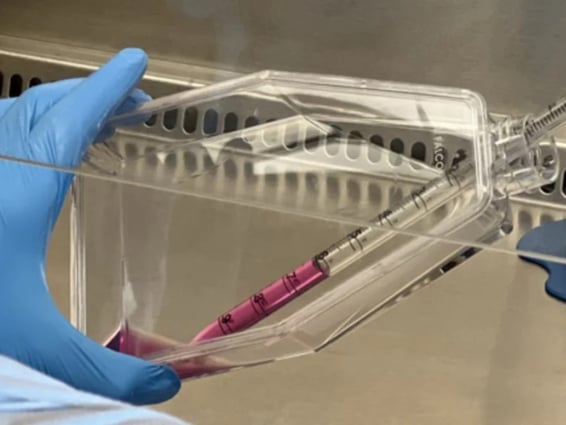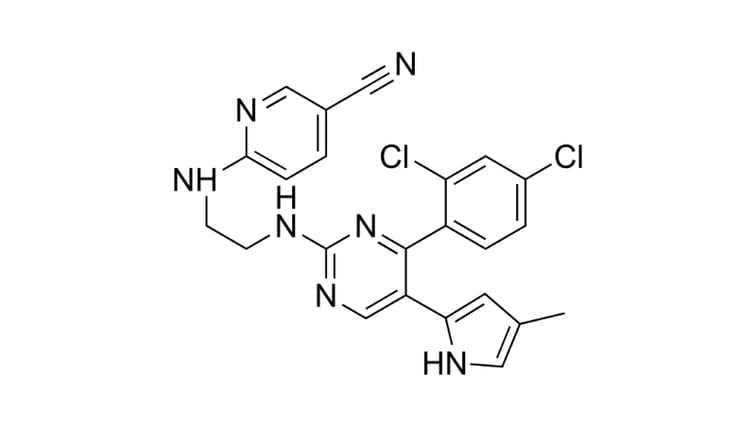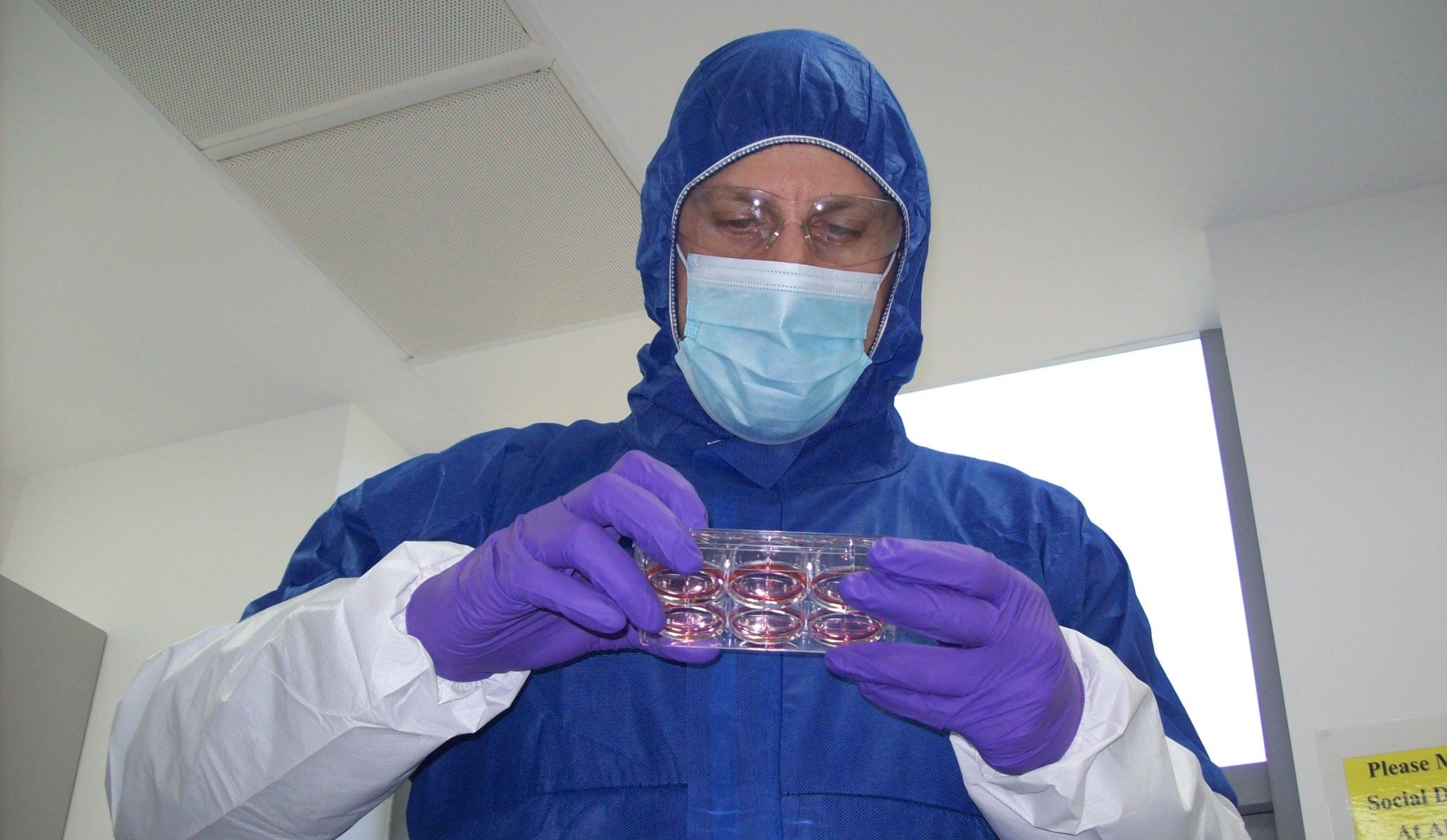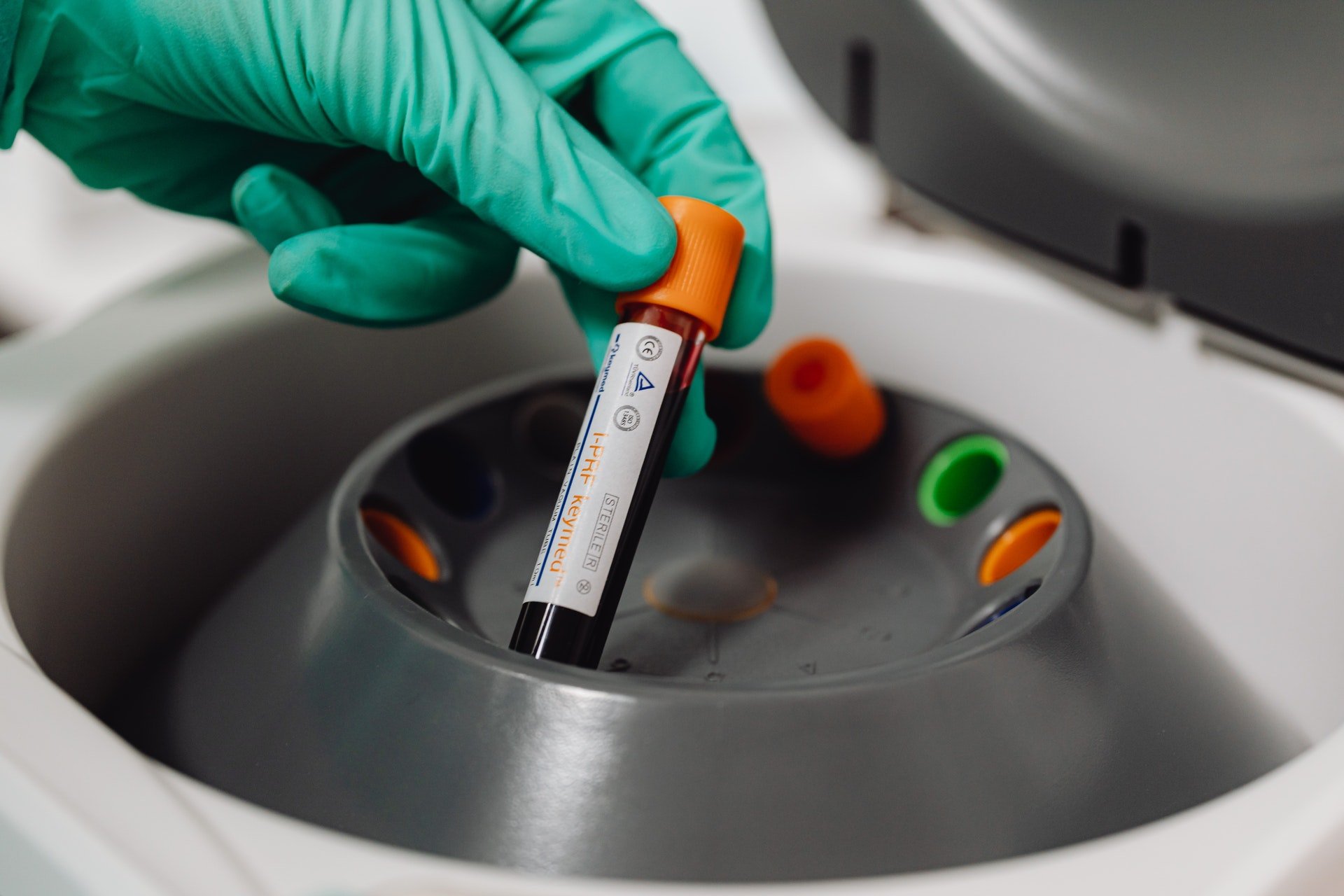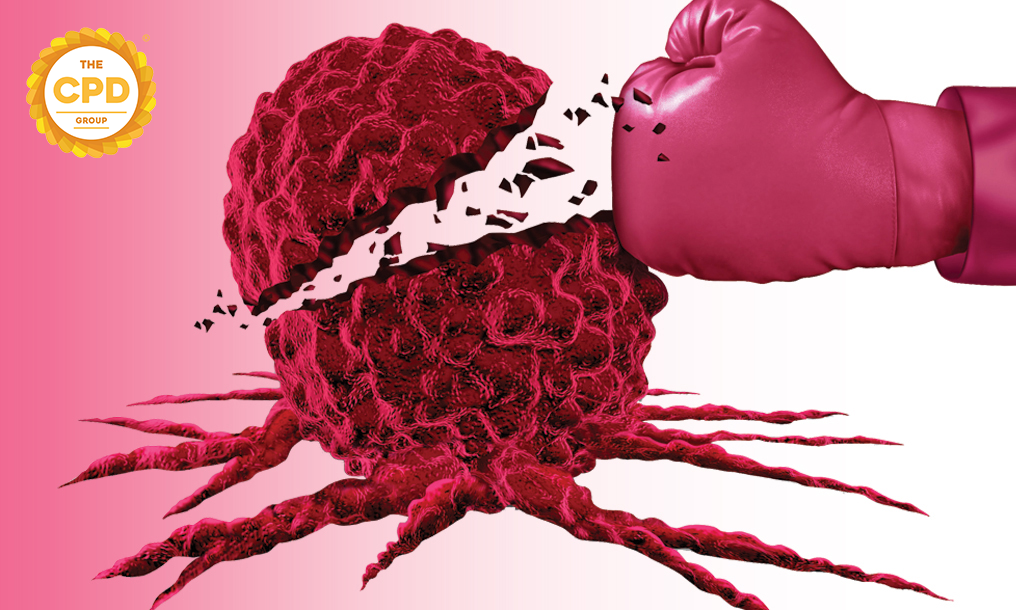The gut microbiome in health and disease: the future for diagnosis and treatment of IBD and IBS?
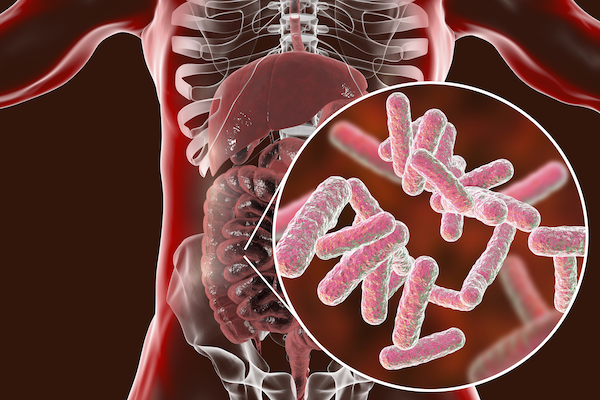
A new method for distinguishing between IBD (inflammatory bowel disease) and IBS (irritable bowel syndrome) could be on the horizon following a publication by researchers[1] from teams in the Netherlands and the US, who profiled the gut microbiome in stool samples from those with IBD, IBS and healthy controls.
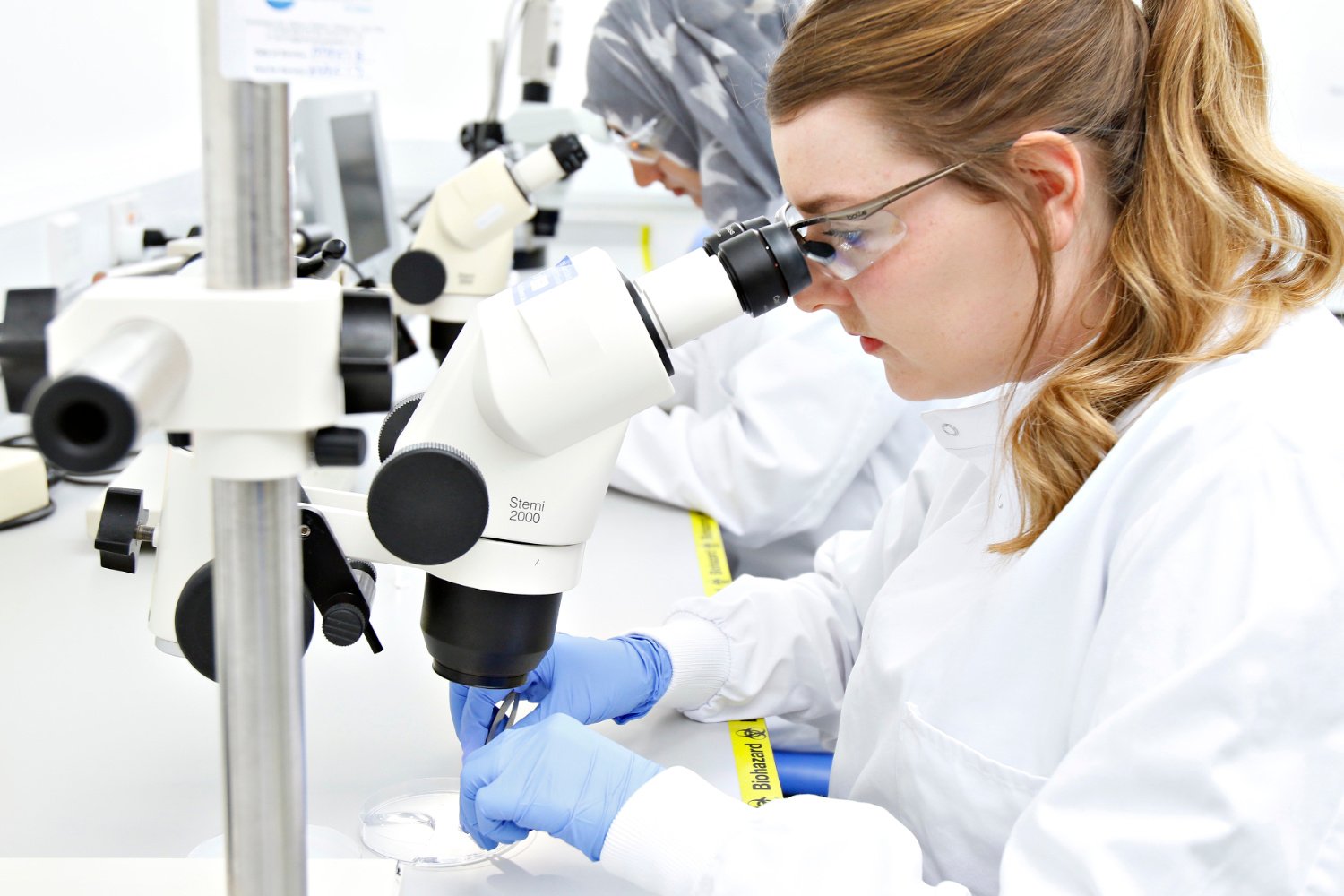
REPROCELL’s contract research services use human living tissues to better predict drug safety and efficacy.
Although there are often distinguishing clinical features between IBS and IBD, on first presentation to a clinical team, the symptoms of IBS and IBD can appear quite similar. Fecal calprotectin is currently used as a marker of gut inflammation (characteristic of IBD) and is recommended by NICE as one means to distinguish between IBS and IBD[2]. This avoids unnecessary examinations and ineffective treatments in patients with IBS (irritable bowel syndrome) and focusses resources on patients with inflammatory bowel diseases. The new research may complement the use of calprotectin by characterizing microbial populations in stool samples and relating this to disease status, including whether the patient has Crohn’s disease or ulcerative colitis.
The group sequenced microbial DNA from stool samples and analysed the data alongside information about bacterial growth rates, metabolism and drug response profiles. Initial results suggest detectable differences between IBS and IBD. Further studies are required to better understand the relationships between the gut microbiome in health and disease, including improved characterization of the microbiome. Nonetheless, this study is just one example of the growing area of research into the gut microbiota (the collection of microorganisms found in the gut) and gut microbiome (the collection of genomes from all gut microorganisms).
One challenge is that we still don’t fully understand which bacterial species are present in the human gut. Not all bacteria can readily be grown in culture; therefore, it’s possible that species with an important role to play have yet to be identified. Moreover, other microbes may play a key role, including viruses, archaea (prokaryotes that are neither bacteria nor eukaryotes), fungi and other eukaryotes. A major effort to create a reference genomic library of the bacterial species found in the human gut is underway at two labs in China, UK and Australia.
In Shenzhen at the South China University of Technology, the Culturable Genome Reference (CGR) collection[3] has been established from fecal samples from 155 individuals. At the Wellcome Sanger Institute and Australia's Hudson Institute of Medical Research the “Human Gastrointestinal Bacteria Culture Collection” (HBC)[4] has been established. By bringing the HBC genomes together with another 617 publicly available gut microbe genome sequences, the group went on to produce the “Human Gastrointestinal Bacteria Genome Collection,” or HGG.
These reference libraries could form a similar function to the Human Genome Project, by helping focus international research on a collaborative, shared resource to map the species found in the human gut and share genomic data.
Find out more about REPROCELL (Biopta) Human IBD Fresh tissue assays in our free brochure.

REPROCELL’s contract research services use human living tissues to better predict drug safety and efficacy.
Further reading
- Vich Vila, A., Imhann, F., Collij, V. et al. Gut microbiota composition and functional changes in inflammatory bowel disease and irritable bowel syndrome. Science translational medicine, 10(472), (2018).
- Faecal calprotectin diagnostic tests for inflammatory diseases of the bowel. NICE Diagnostics guidance (2013)
- Zou, Y., Xue, W., Luo, G. et al. 1,520 reference genomes from cultivated human gut bacteria enable functional microbiome analyses. Nat Biotechnol 37, 179–185 (2019).
- Forster, S.C., Kumar, N., Anonye, B.O. et al. A human gut bacterial genome and culture collection for improved metagenomic analyses. Nat Biotechnol 37, 186–192 (2019).

Author
David Bunton, PhD
CEO at REPROCELL
Founder and previous CEO of Biopta, David is now CEO of REPROCELL Europe. You can contact him on
LinkedIn.
Subscribe to receive updates from REPROCELL
Tagged
Stem cell and drug discovery scientists around the world are using REPROCELL’s services and products in their preclinical and clinical research.

